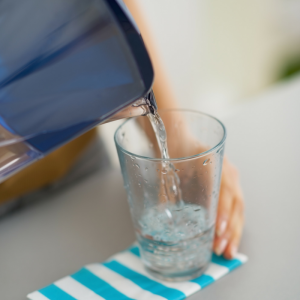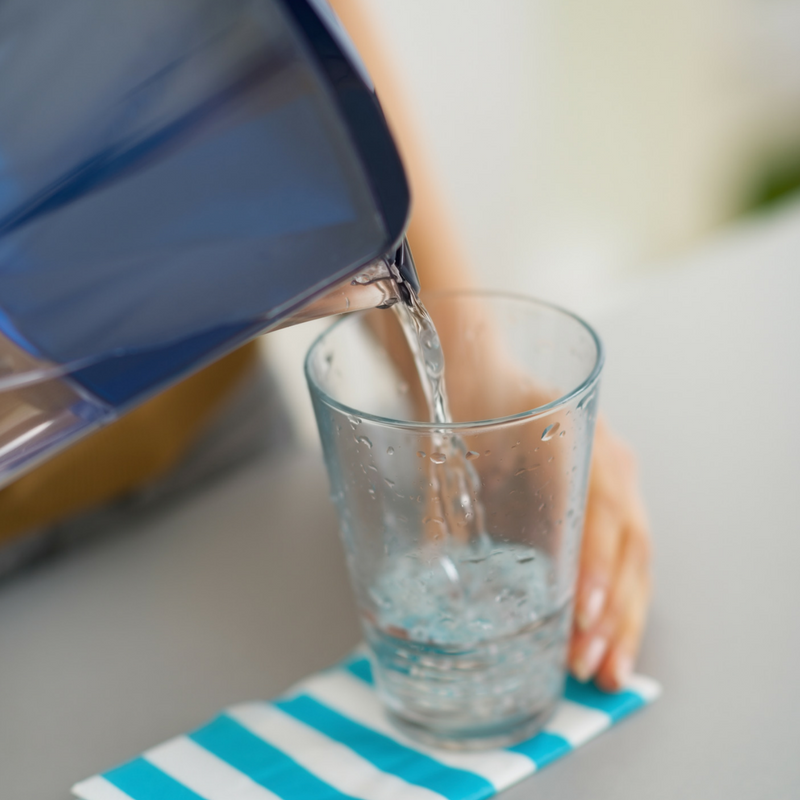 Since the thirteenth century, measuring puzzles have been challenging minds and offering a fun form of riddles. Niccolo Fontana (1500-1559) is credited with popularizing the puzzles. Fontana was an Italian mathematician and published one of the first dilemmas- which actually is know to be from the 1200’s.
Since the thirteenth century, measuring puzzles have been challenging minds and offering a fun form of riddles. Niccolo Fontana (1500-1559) is credited with popularizing the puzzles. Fontana was an Italian mathematician and published one of the first dilemmas- which actually is know to be from the 1200’s.
The puzzles involve the measuring out of liquids. Given the capacity of containers and the different amounts of liquid held in each vessel, the question is asked on how to accurately measure equal amounts without spilling, adding, or using any additional resources, and in the least number of actions.
Taking a few moments each day, to contemplate these types of measuring puzzles, helps exercise the brain and keep the brain in shape. Just like other parts of the body, the mind needs exercise to stay healthy and fit. Working out to determine the answers to the below puzzles provides the mind with a beneficial exercise.
The first predicament is as follows:
After a long day’s journey, two thirsty men came upon a full 8 ounce bottle of water. One man had a container which held 5 ounces. The other man had a 3 ounce container. How did the men portion out the water so each would have an equal 4 ounce amount? No additional tools are used.
Once the answer is known, it is understood as a simple solution. It can be solved by trial and error or by considering the different limits and additions of each vessel. It is immediately realized the two containers which will hold the final 4 ounces must be the 5 and 8 ounce containers (since 3 is too little).
The steps to complete this task begin with filling the 3 ounce container from the 8 ounce container (leaving 5 within the 8 ounce container). Then empty the 3 ounce into the 5, and fill the 3 from the 8 ounce. Again pour the water into the 5 from the 3 ounce container. Since only 2 ounces will fit into the 5 ounce, this leaves 1 ounce within the 3, 5 within the 5, and now only 2 are in the 8. The last steps are to pour the full 5 ounces into the 8 (now containing 7) and empty the 3 (holding 1) into the 5. Finally, fill the 3 from the 8 ounce container (leaving 4 ounces in the 8 ounce container) and pour the 3 ounces into the 5 ounce container which already has 1.
By following the above, the water is portioned out so both men have an equal share of 4 ounces.
Now try one on your own:
After a long day’s journey, three thirsty men came upon a 24 ounce bottle of water. Each man held one empty container. One man had a 5 ounce container. The others held an 11 and 13 ounce, respectively. In the least number of steps, divide 24 ounces into an equal quantity for each man. (Again without using any additional resources.)
As an additional exercise for the brain, a person can see if he can create a measuring puzzle of his own. Begin by asking, what containers are used to divide a beginning, certain amount of liquid? Then imagine a story around it.
Whenever a person finds himself stuck in traffic or waiting for an appointment, a pencil and paper on hand, can be used for doing quick measuring puzzles. The puzzles push the mind to think, consider, and realize various possibilities. This in turn helps keep the brain active and fit.
It also helps a person not to think about how long he might be waiting in traffic or a line, saving frustration or stress from the body. lol.
Have fun!


Not sure about the steps being minimum, but I’ll have a go at it…
-Given each pour is a step
-Source= 24 ounce bottle of water
-A is 5 oz bottle
-B is 11 oz bottle
-C is 13 oz bottle
—————————————–
Step 1: Pour Source into B
Step 2: Pour B into A
Step 3: Pour B into C
(This puts levels at: 13/24…. 5/5…. 0/11…. 6/13)
Step 4: Pour Source into B
Step 5: Pour Source into C
(This puts levels at 0/24…. 5/5…. 11/11…. 8/13)
Step 6: Pour C into Source
Step 7: Pour A into C
Step 8: Pour B into C
(This puts levels at 8/24…. 0/5…. 3/11…. 13/13)
Step 9: Pour C into A
Step 10: Pour A into B
DRINK Source, B, and C after 10 steps. Best I can do without spending lot of time on it. 😛
Oops … found a faster way… using the same principles…
Step 1: Pour Source into B
Step 2: Pour Source into A
Step 3: Pour Source into C
(Puts you at 0/24…. 5/5…. 11/11…. 8/13)
Step 4: Pour C into Source
Step 5: Pour A into C
Step 6: Pour B into C
(Puts you at 8/24…. 0/5…. 3/11…. 13/13)
Step 7: Pour C into A
Step 8: Pour A into B
Drink Source, B, and C after 8 steps.
Awesome! 🙂
Thank you for this… I was in a puzzle solving mood today 😛
Congrats IW!
You win an empty bottle of water. 😛
Then it wouldn’t be a water bottle anymore☺️
Here’s mud in yer eye! lol
But I’m thirsty! 😛
Warning real solve. Sorry just woke up.
24 into 5… 24 into 11(24 now 8 done)… 5 into 13… 11 into 13(leaves 3 in 11) …13 into 5(13 has 8 done)… 5 into 11( now has 8 done) DRINK Drink drink.
6 steps. Or just 5 if thirsty traveler 3 Drinks from both 5 and 11 bottles.
Darn it! Beat me 🙁 And 5 steps would be the answer because the premise of the problem does not prohibit 1 man from having two containers to drink from. Rats! I should’ve spent more than 20 minutes on it lol
Good job 😛
Why not each person drink 8 oz. from the same 24 oz. bottle of water? Don’t need to use their containers, yet each are given equal amounts to drink? How many steps would that be? 🙂